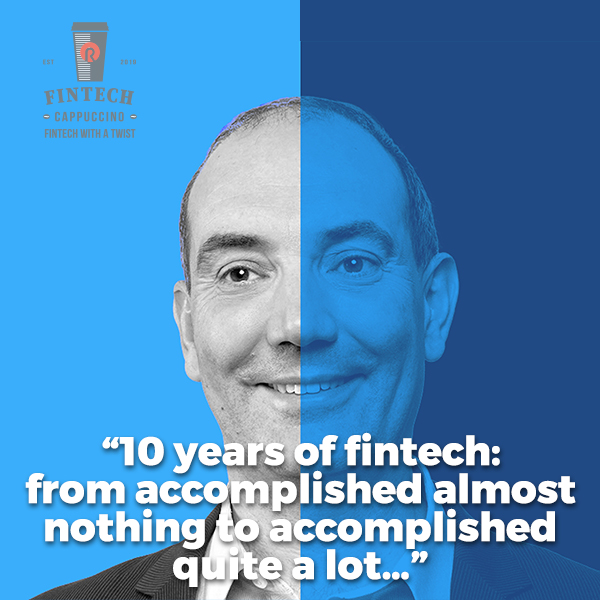Generative AI: Banking's Game Changer
The Banking Revolution is Here: Embrace or Be Left Behind
Technology is starting to dictate market leadership and generative AI emerges as the banking sector's most transformative force. With the potential to save the banking industry up to $340 billion annually, generative AI is not just an option; it's a necessity for survival and growth. This cutting-edge technology streamlines operations, reduces errors, and redefines customer interactions, making it a cornerstone in the future of banking.
At the heart of generative AI's impact is its ability to revolutionize customer service and operational efficiency. From automating mundane tasks to offering sophisticated cybersecurity and risk management solutions, this technology reshapes how banks operate. It's about enhancing every touchpoint – whether it’s through real-time financial performance analysis or fraud detection. The goal? To deliver banking services like never before, both in terms of scale and quality.
Unleashing Productivity and Innovation
According to McKinsey, generative AI could enable labor productivity growth of 0.1 to 0.6 percent annually through 2040. This growth depends on the rate of technology adoption and the redeployment of workers’ time to other activities. For instance, Morgan Stanley is building an AI assistant using GPT-4 to help the organization’s wealth managers quickly find and synthesize answers from a massive internal knowledge base. This is just one example of how generative AI can augment and enhance productivity, allowing banks to do work more effectively and efficiently.
The path to leveraging generative AI in banking isn’t just about technology; it's about culture and strategy. Banks need to integrate this technology into their current frameworks, fostering a culture that is ready to embrace change. This strategy is not just about staying relevant; it's about leading the charge in innovation. The question isn't if banks should adopt generative AI, but how quickly they can do it to capitalize on its immense growth potential.
Investment Banking: A Case Study in Generative AI’s Power
In investment banking, generative AI's promise is already turning into reality. With predictions showing a potential increase in front-office productivity by 27% to 35%, this technology is redefining efficiency. This translates to a staggering $3.5 million in additional revenue per front-office employee. Investment banking, once seen as a traditional field, is now at the forefront of this technological revolution.
The Acceleration of Innovation
Generative AI accelerates the innovation cycle in banking. By extracting and indexing knowledge, it enables banks to innovate continuously, shortening the time to market for new products and services. This acceleration is crucial for fintech firms, which already have a high exposure to technology. Early adopters of generative AI in the fintech sector are likely to gain a competitive advantage, building capabilities that allow them to move swiftly and focus on creating value.
The Future is Now
Generative AI is not just another technological advancement; it's a fundamental shift in how banking operates. Banks that choose to invest in and integrate generative AI stand to gain a significant competitive advantage. As the technology continues to evolve, its potential applications and benefits will only grow, making it an indispensable tool for any bank looking to lead in the digital age. The future of banking is here, and it’s powered by generative AI.







